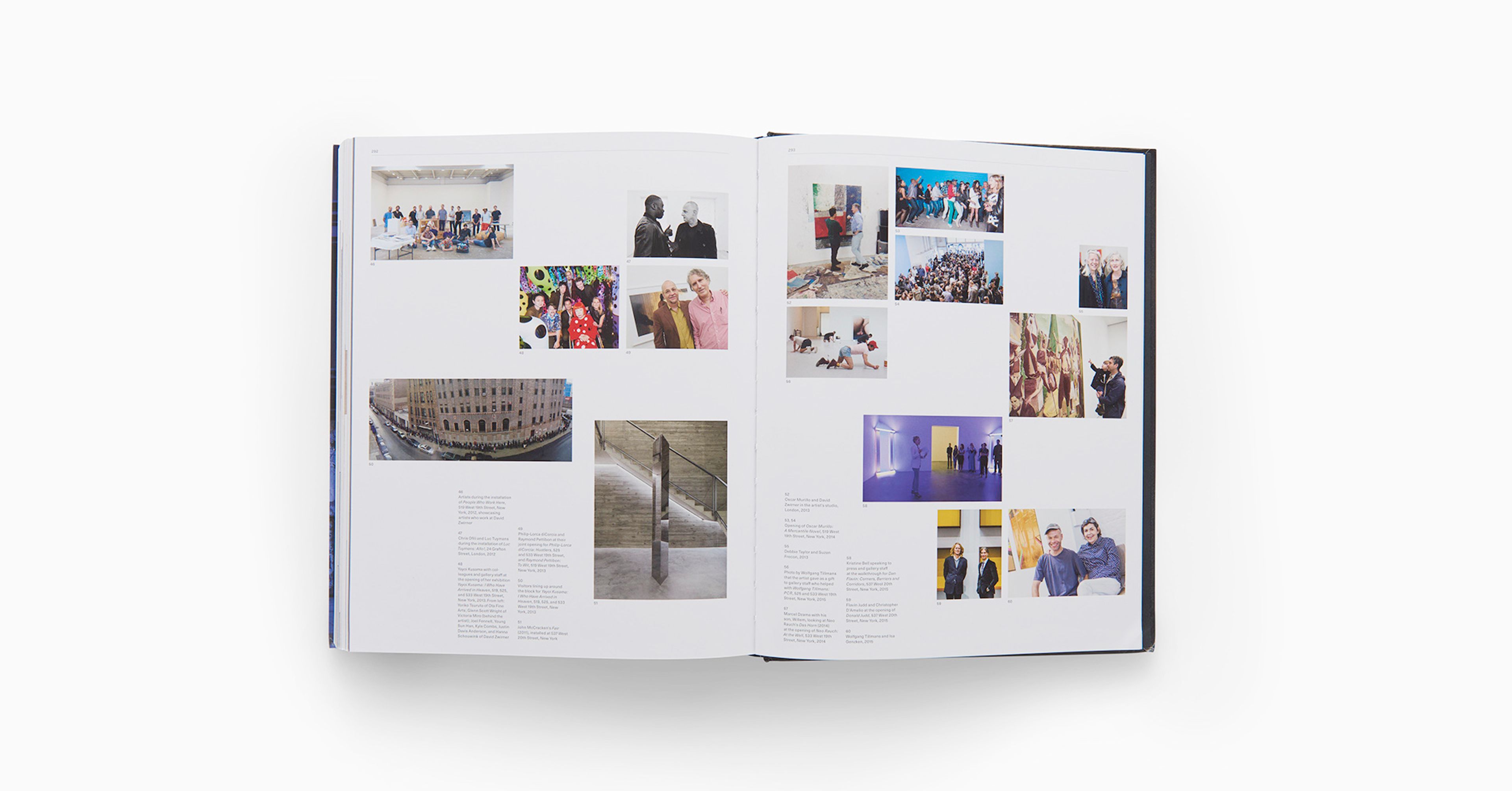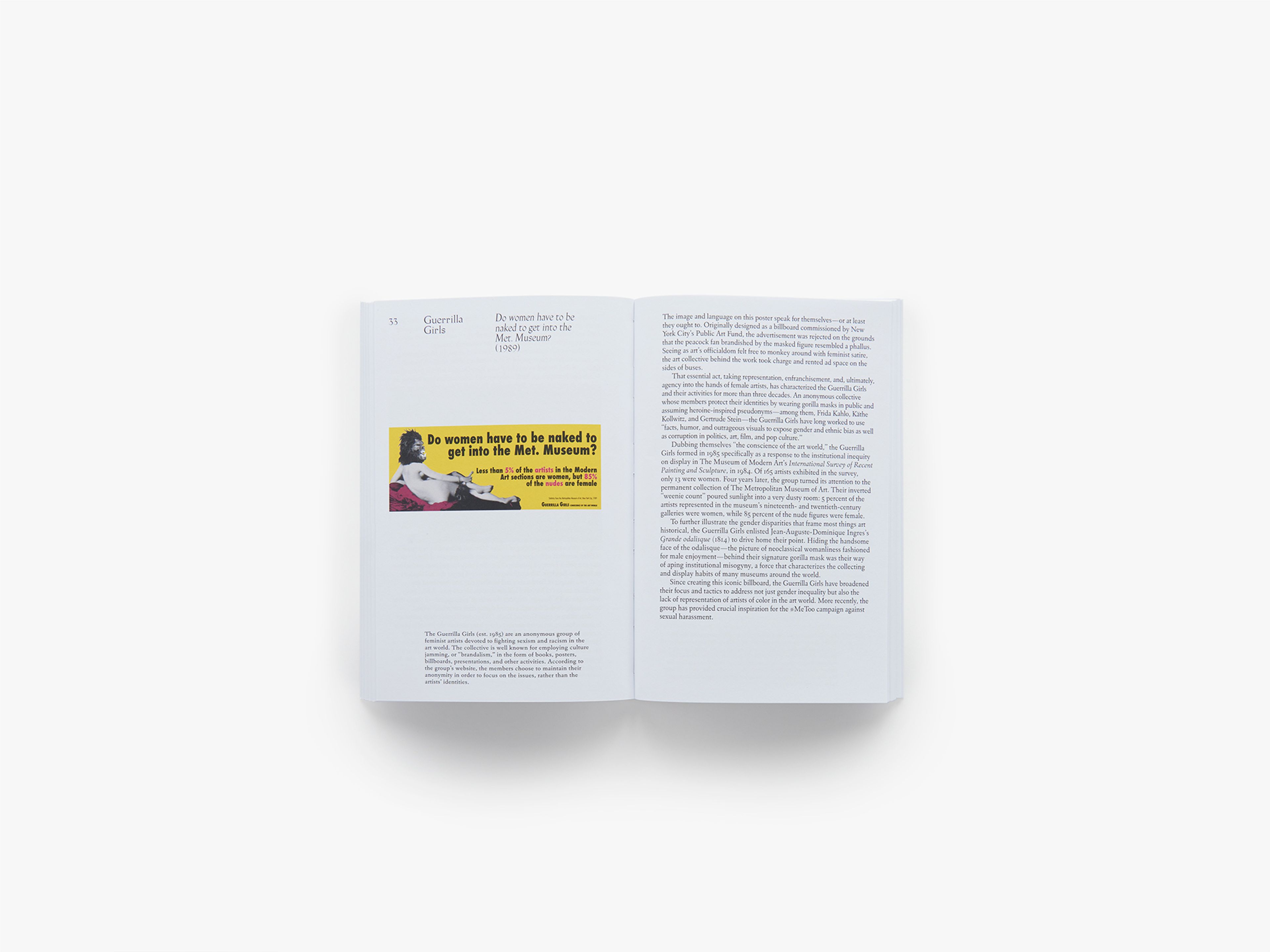December 4, 2018
Published on the occasion of David Zwirner’s twenty-fifth anniversary, David Zwirner: 25 Years paints a picture of the gallery’s growth and development through the lens of the artists that have shaped it. At the heart of the book is an energetic selection of exhibitions, richly illustrated with installation views, individual artworks, show cards, and photographs of the artists and staff. With contributions by Richard Shiff and Robert Storr, as well as a foreword by David Zwirner, the publication concludes with a full history detailing every exhibition held at the gallery, accompanied by archival imagery.
Here, Anne Wehr, David Zwirner Books’s project editor, reflects on putting together this memorable publication.
You’ve been editor at David Zwirner Books for three years, after working independently on art and artists’ books for almost a decade. What drew you to DZB, which was then a new initiative?
I’d had occasion to interact with the gallery many times beforehand, on several freelance book projects and even long ago when I wrote all six zillion weekly art listings at Time Out New York. I knew that I could always count on the gallery to deliver on behalf of its artists: fantastic research, great photos, et cetera. When I learned about the new publishing house, it was really just a matter of finding a way in! Having had a chance to work with so many of the gallery’s artists has been immensely gratifying.
Within the wider context of the gallery, how would you define the culture of David Zwirner Books?
Like the rest of the gallery, we are all detail fanatics, doing all we can to make sure we get things done right and on time. It’s hard to make generalizations, but the books team may be ever so slightly quieter and more concerned about commas.
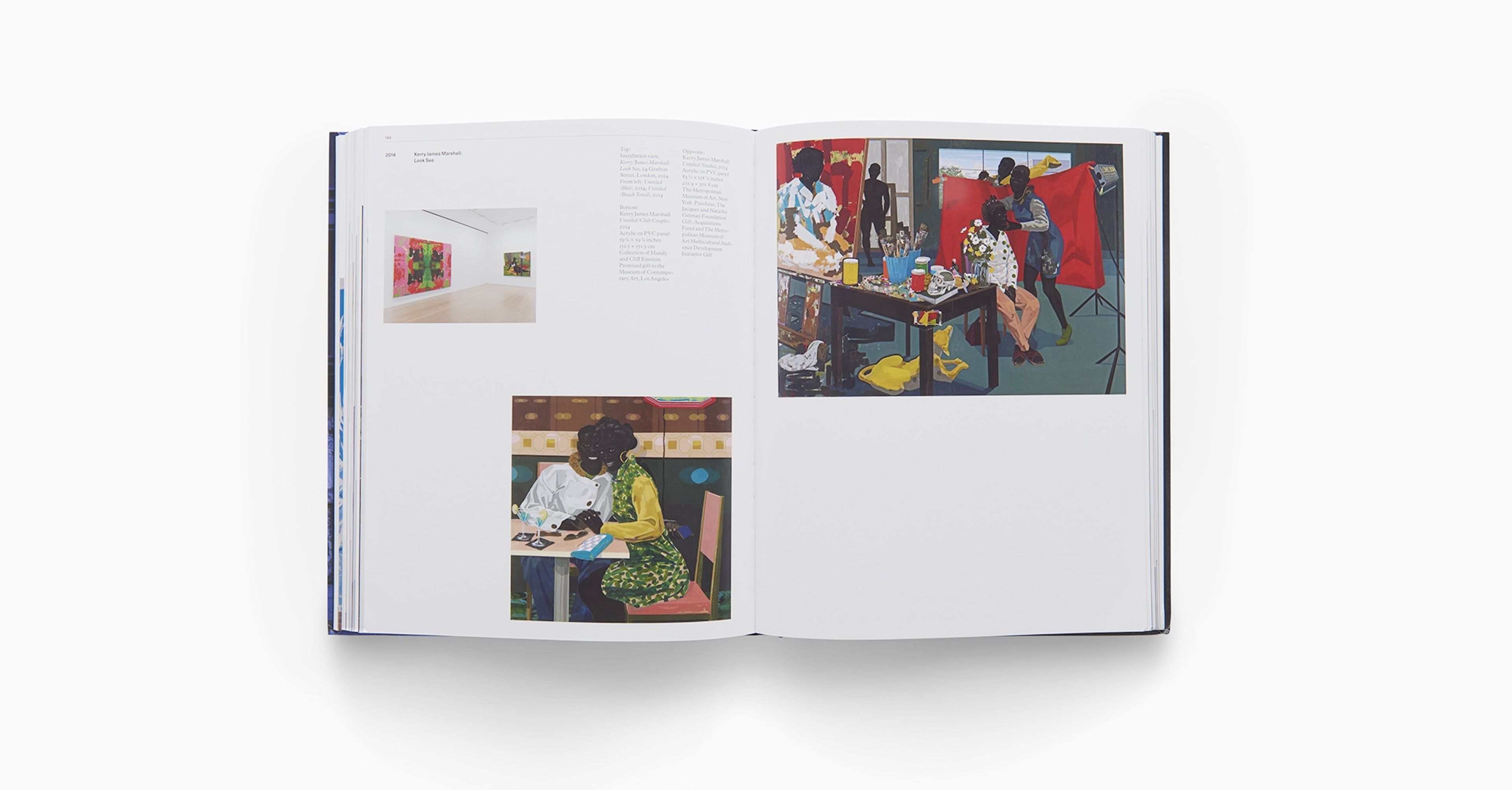
Looking back over the titles you have worked on so far, which ones stand out and why?
I’ve really enjoyed every single title I’ve worked on, but some highlights include Yayoi Kusama: Festival of Life, because of its totally singular design and technicolor reproductions, which together function as a really satisfying extension of that unforgettable show; Ruth Asawa gave me a chance to spend time with an artist whose art and life are a true inspiration and involved my favorite activity, puzzle-piecing together a complicated illustrated chronology; Alice Neel, Uptown—she’s the ultimate artist, as far as I’m concerned, and I got to work with the wonderful Hilton Als [who curated the exhibition]; and my first book here, Raoul De Keyser: Drift, a quiet, formally edgy book that has quite a lot of content packed inside.
Have you worked on an anniversary publication before? What are the opportunities and pitfalls of a project like this?
I cowrote and coedited, with Jeffrey Kastner, Plop: Recent Projects of the Public Art Fund, which wasn’t an anniversary publication per se, but was a survey and so was similar in many ways. Like that book, David Zwirner: 25 Years meant I got to burrow back in the archives to find out what were our photographic options—some shows had too many options, some too few—and to determine how best to represent each exhibition while maintaining a good page-turning rhythm in the overall flow of the book.

Did you go in with a specific goal in mind for the DZ25 book? What were the initial conversations like?
Lucas Zwirner [David Zwirner Books editorial director], Alexandra Whitney [David Zwirner director of research and exhibitions], and I worked very closely with David Zwirner throughout the process of making the book; at the beginning, most of our conversations centered on which exhibitions to highlight, which images and materials best told the gallery’s story, and what the overall structure and format should be for the book.
There are also essays by critics Robert Storr and Richard Shiff.
It was quite a lot of fun to read Robert Storr’s recollections of New York’s gallery scene in the 1990s. I have a thing for gallery histories and anecdotes—galleries are of course art’s commercial sphere, but I’m more interested in them as places for conversation, practicalities, experimentation, and failures that turn out to be successes much later. Richard Shiff’s essay, put simply, is just a great reminder to always, always look.
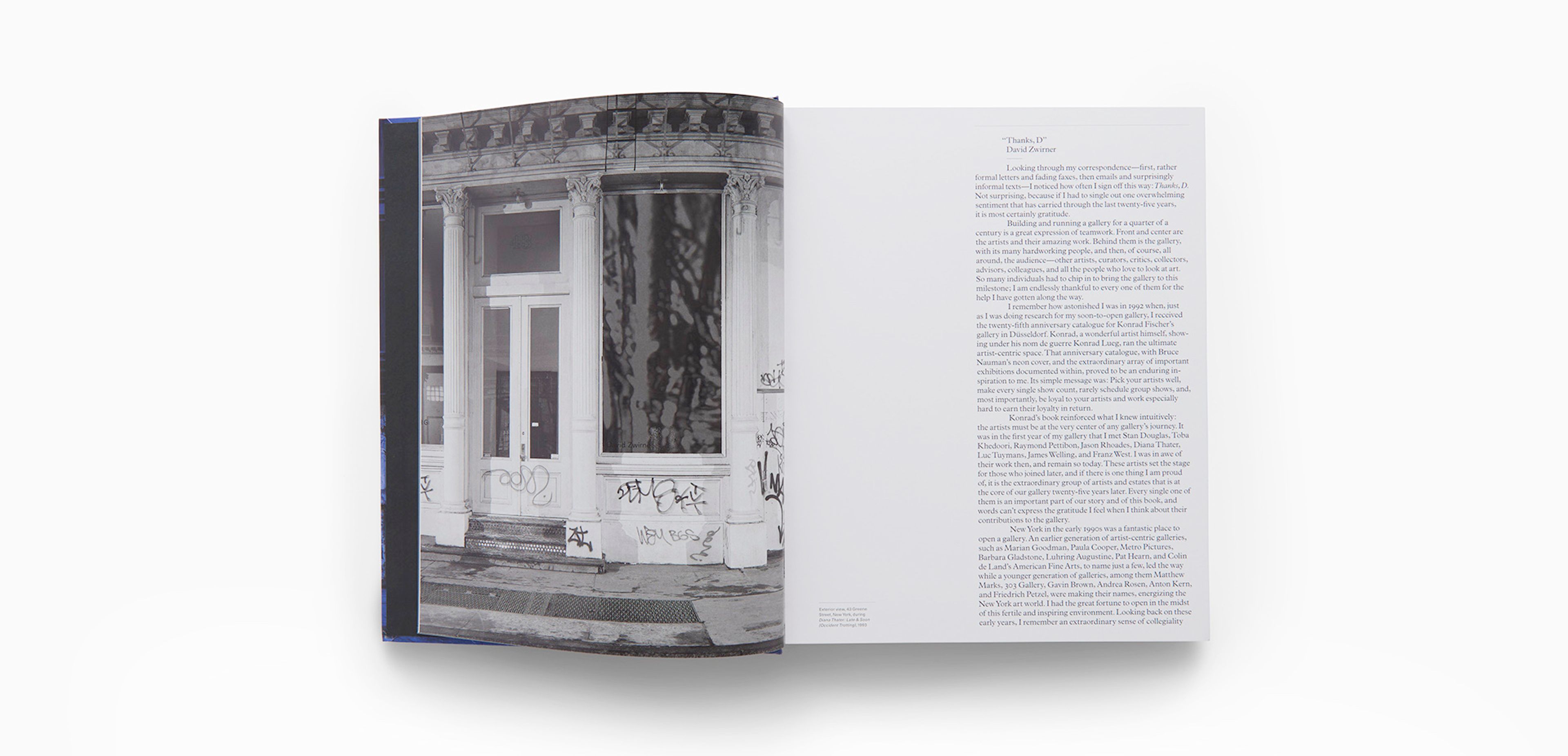
The gallery has a strong identity and ethos; how did you go about representing this visually?
Designer Mike Dyer [Remake Design] created an elegant format that is open and flexible, with a meticulous underlying structure—not a bad metaphor for the gallery itself.
What was the best part of making this book? And the least expected?
The best part was definitely getting to work with so many people across the gallery throughout the process. So often I would send an email with fingers crossed, feeling a bit cringy—everyone here has to be focused on the next exhibition, the next art fair—and here I was asking about something from last year, or ten years ago, or twenty-five? And yet everyone came through, consistently and generously, with everything from recollections of the name of the gallery’s first art handler to tracking down missing dimensions for a work of art that hadn’t been at the gallery in more than a decade.
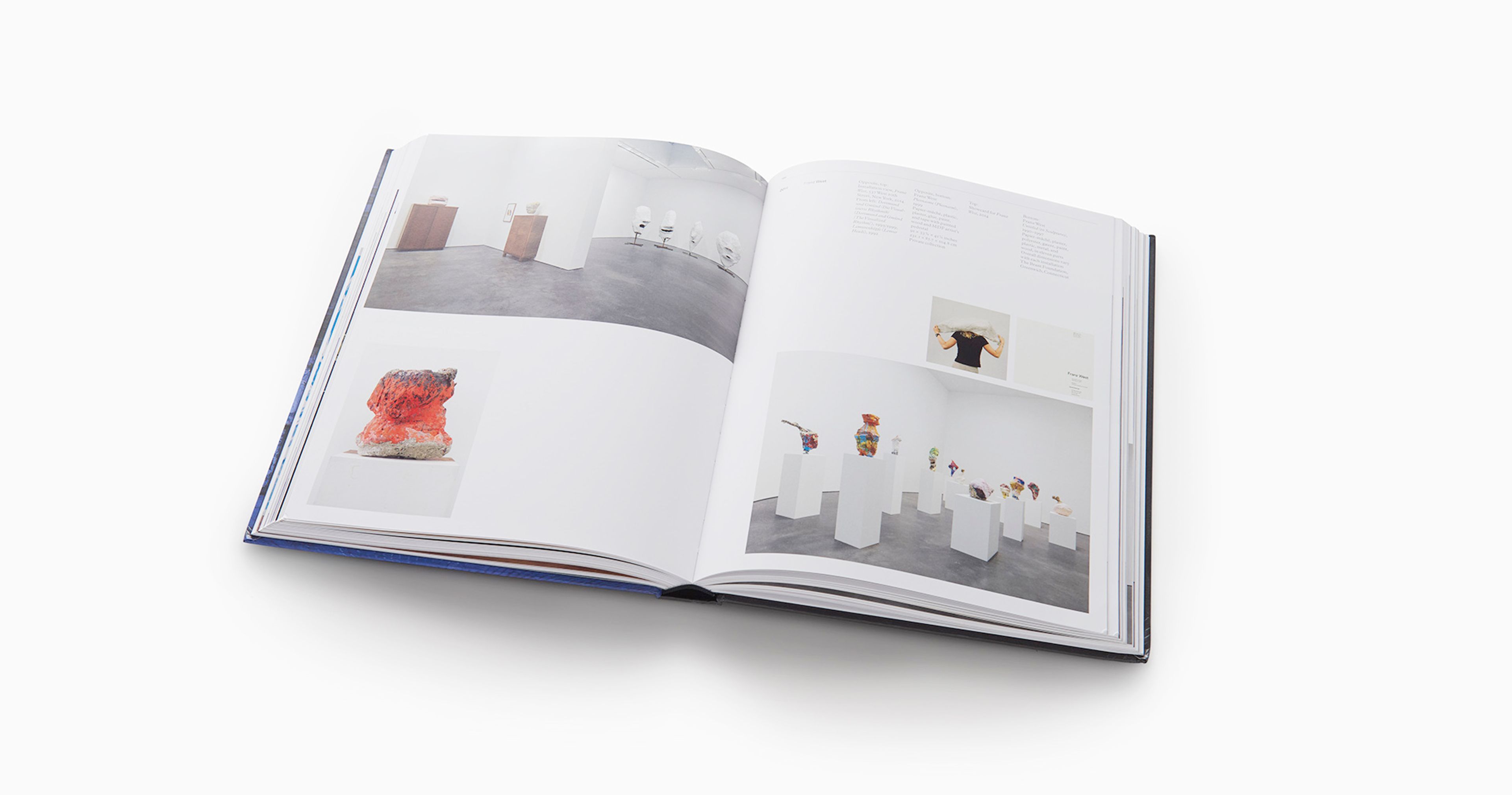
I also was so grateful for our editorial and production team on this title, especially DZB Production Manager Jules Thomson, who pulled off miracle after miracle, making sure every single artist’s work looks spot on, and our gifted, ever-vigilant proofreader Anna Drozda, whose years of experience working with the gallery’s artists came in handy on every single page of the book.
Do you have a favorite photo from it?
Hard to beat the cover shot, showing the gallery during Diana Thater’s the sky is unfolding under you in 2001.

Images: David Zwirner: 25 Years, 2018. Photos by Kyle Knodell
